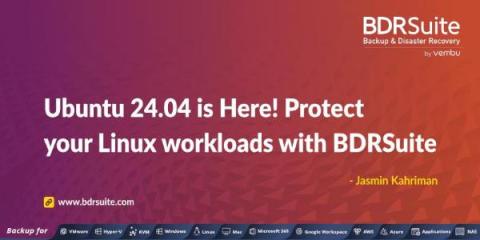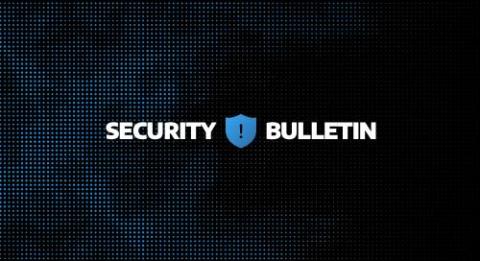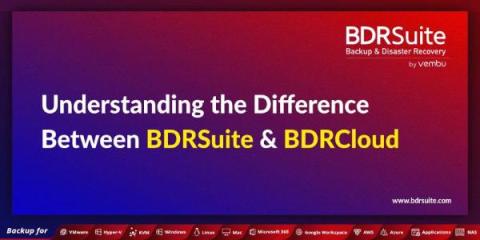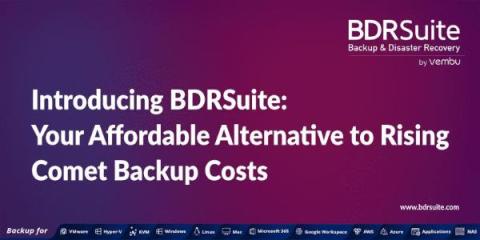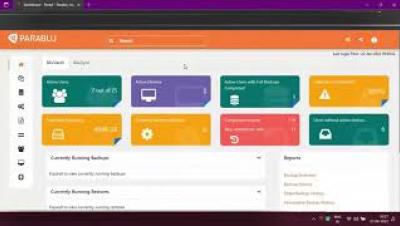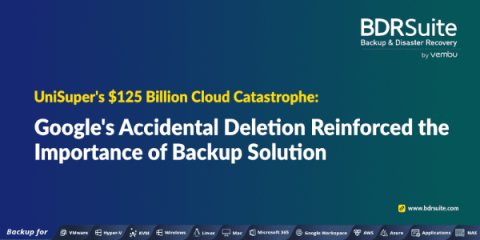Effective Disaster Recovery Testing: Technical Guide
The distributed and complex nature of Kubernetes applications empowers agility and scalability but also presents unique challenges when it comes to disaster recovery (DR). Handling the interplay of containers, microservices, and persistent volumes requires a robust and well-tested DR plan to ensure business continuity in the face of unexpected disruptions. A poorly tested or inadequate disaster recovery testing strategy can lead to prolonged downtime, data loss, and significant financial setbacks.



